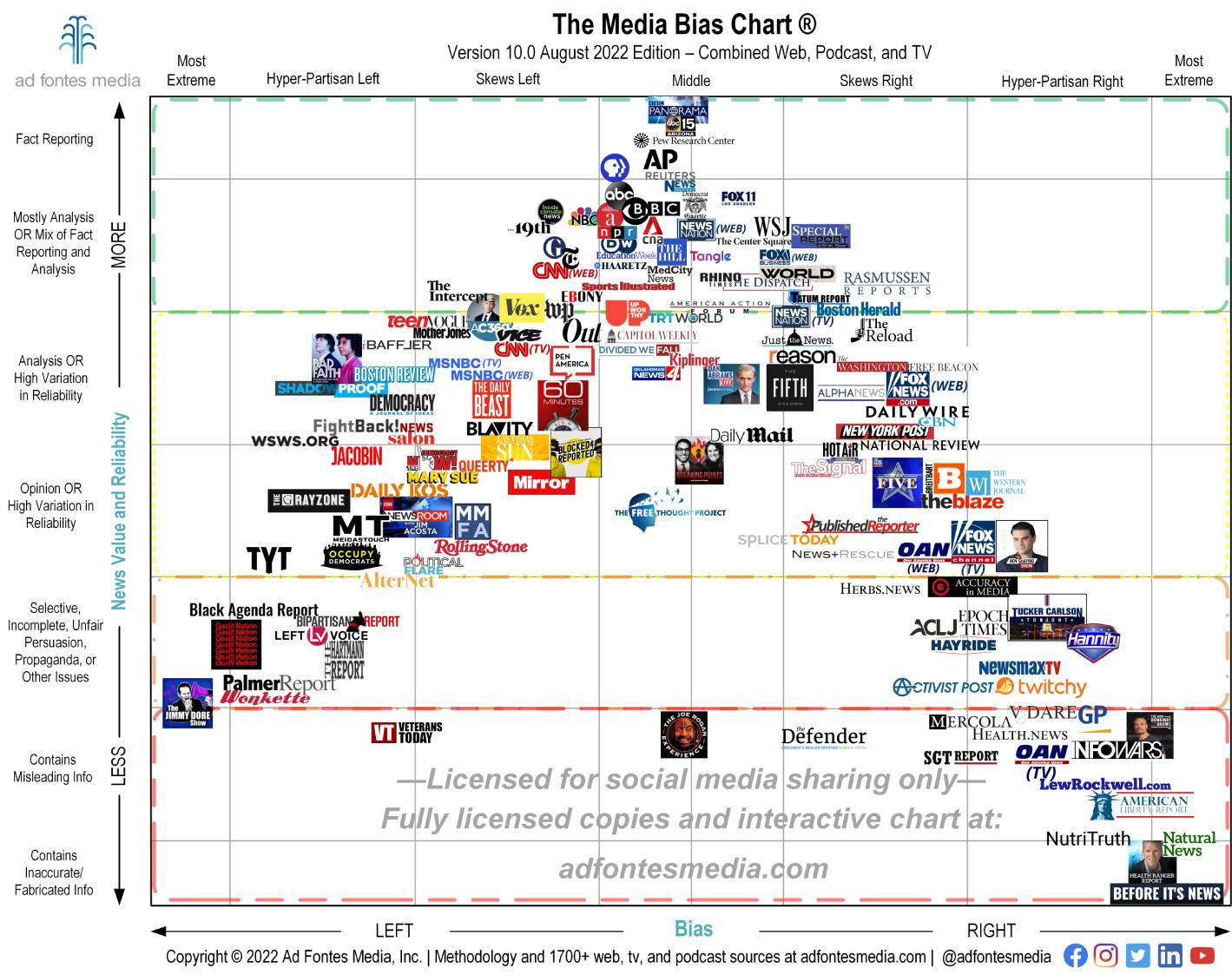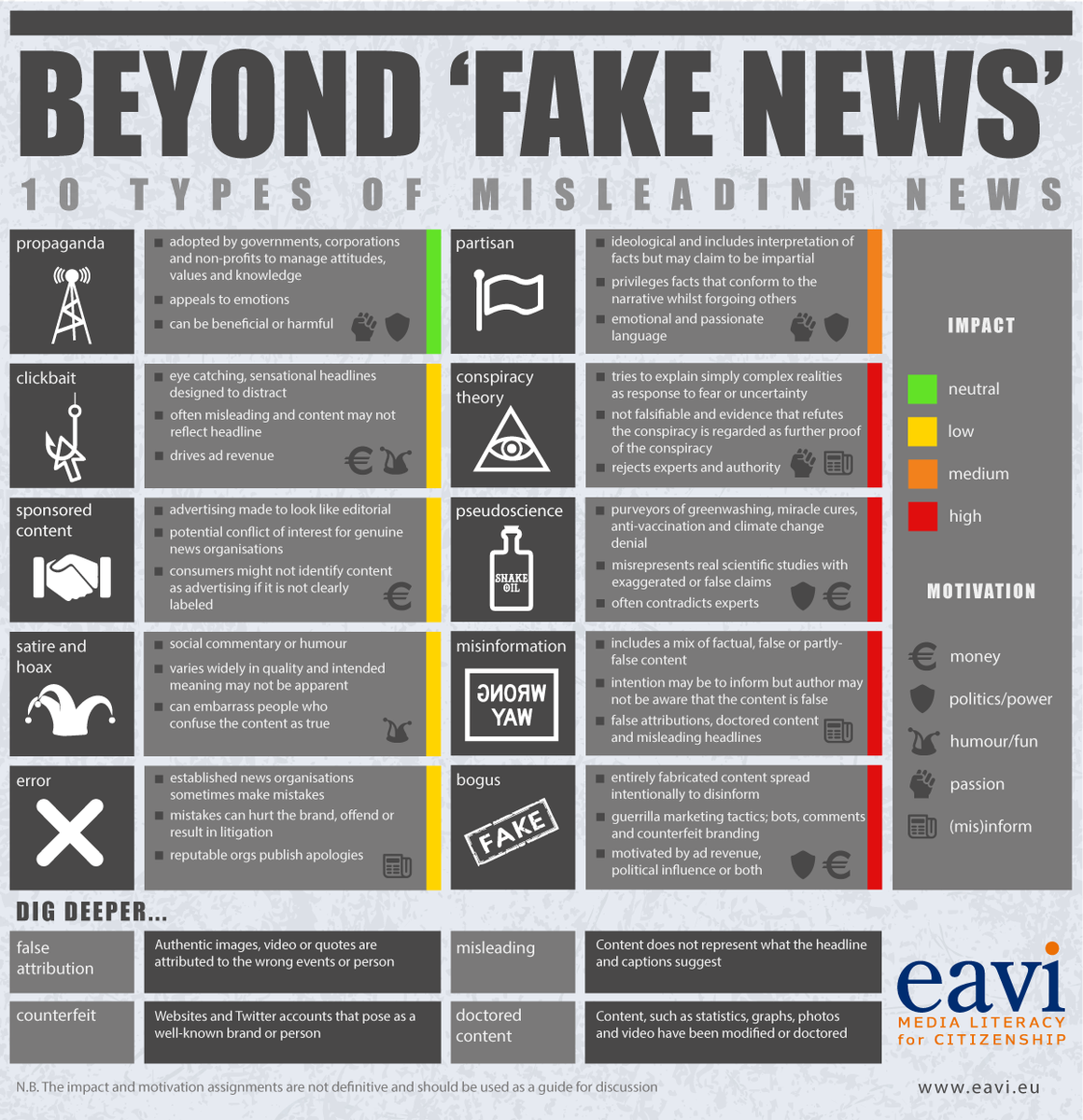Last week’s EDTC300 class talked further about digital literacy. It is extremely important digitally literate as our world now revolves around internet and the web. The internet is where most people also find their news instead of the traditional news television.

One of the things that we have learned in last week’s class is the Media Bias Chart. I remember learning about this in my Social Studies 30 class. I remember the chart being not so crowded compared to the updated version. Truly our world is filled with so much online information. It is important to be mindful of what kind of news we are receiving and sharing with others. I think Social Studies classes are the best choice to include digital literacy unit. In my high school, we have a unit for digital literacy, and I really enjoyed it that I shared my knowledge with my parents. Additionally, I think the media bias chart is very important to know which news companies are more trustworthy to believe. I believe that we all have our own biases, so we are more likely to receive news that will please us. An NPR article sums this mindset fully:
In general [Pew Research Center] found people were better at correctly identifying a factual statement if it aligned with or supported their political beliefs.
We all know of the saying “Truth Hurts”, but it is better to be this way than to live in a world that keeps convincing us that its perfect when clearly it is not.
This news that could convince us can be fake news. Fake news has been prominent lately. I talked about the CRAAP test in my last blog about cyber safety. It is an important skill to have to be more mindful of what we read online.

Aside from the CRAAP test, I think it is as equally as important to learn the types of misleading news we encounter every day. This chart from Media Literacy for Citizenship will help us greatly. It is also important to know the difference between “Disinformation” and “Misinformation.” A video from CTRL-F briefly explains the difference of the two in their video:
In the classroom…
There are a handful of ways we can teach digital literacy to students in a fun and engaging way. Digital literacy games like “Spot the Troll”, “Break the Fake”, and “Factitious” are some of the great ways to start the unit of digital literacy. I think the Student News Quiz from the New York Times are great from weekly current events tracking of students. It helps them always be on top of news online. The NCTE have a handful of goals for digital literacy. I think by learning the media bias chart and learning about the different types of misinformation falls under the goal of participating effectively and critically in a networked world. I think in order to be digital literate, a student must be able to be critical on every news they encounter online. This is done by doing some research, reverse image search, using fact-checking websites, and more. Another goal from NCTE is to “determine how and to what extent texts and tools amplify one’s own and others’ narratives as well as encounter unproductive narratives.” I think narrative is the keyword here. Like we have talked about previously about how we choose news based on what pleases us. I think teaching students’ digital literacy helps with this goal.
These were some great resources.. Oddly enough I had never seen the media bias chart before.. I found it very interesting.